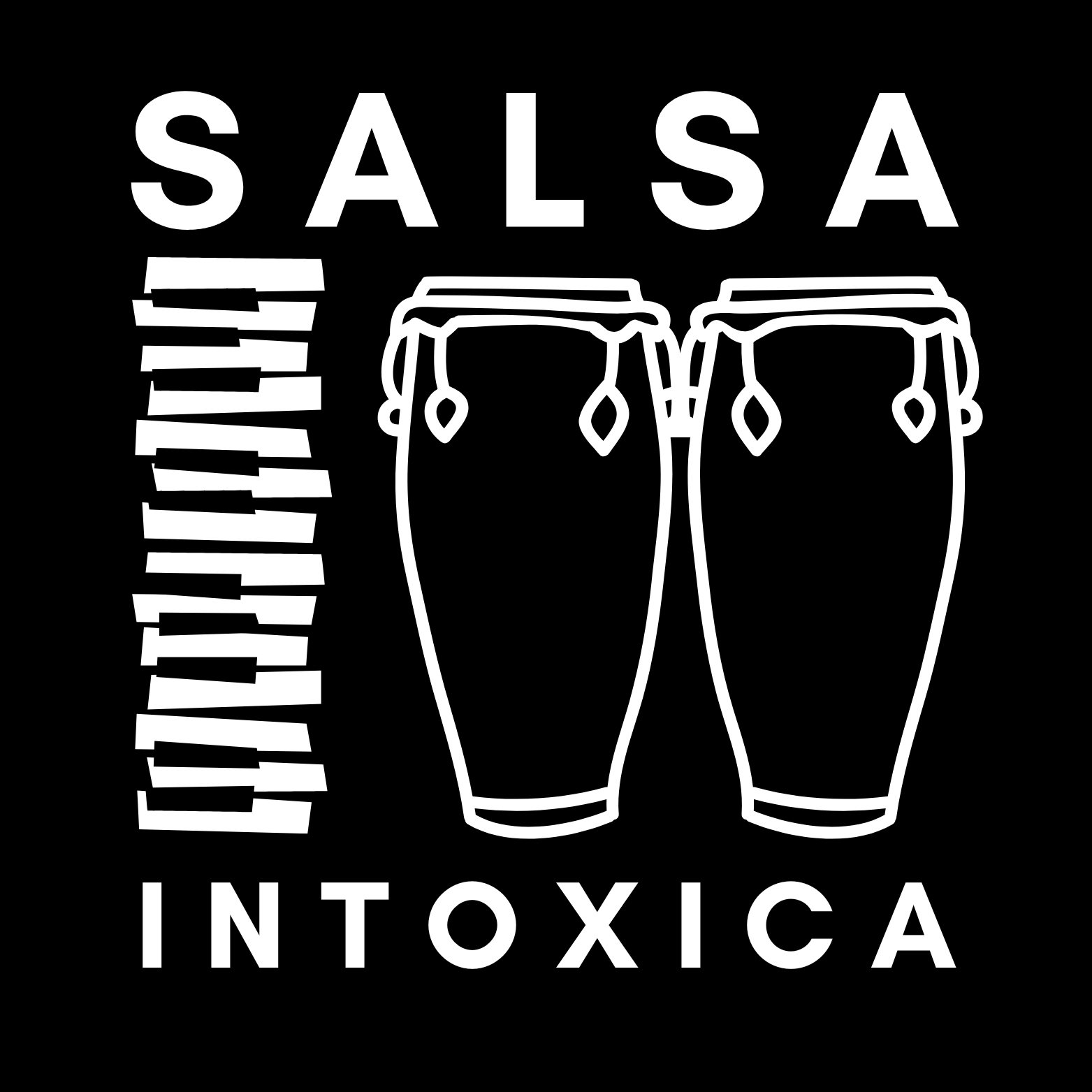I wrote an article on why I teach beginners to dance in bare feet initially. Most of my reasoning stems from my experience of working with people with significant pain issues who wanted to exercise and get fit. Even though they all had motivation and were prepared to commit time, they were stopped in their tracks because pain made sticking to their gym training impossible.
And although it’s easy to assume that dancing is low risk and low physical demand compared to gym workouts, actually the OPPOSITE is true…
Here’s why:
A partner dance like Salsa is a dangerous environment from your brain’s perspective as the multiple changes of direction at speed, and practicing new movements and doing all this whilst connected to another person create an unpredictable environment.
Salsa is built on dance techniques which require postural strength and stability which few beginner-intermediate level dancers have unless they have significant formal training in dance or sport. This increases your brain’s perception of risk to your body, which will take measures to keep you safe by restricting the speed and freedom you can move at – usually by increasing pain or reducing mobility and strength…your brain values protection above performance.
So what have your feet got to do with all of this?
Well, many pain and postural issues are rooted in foot function deficits that manifest themselves in areas further up the body, such as your hips or back, or even your shoulders.
The way your feet hit the ground directly impacts the behaviour of every other part of your body!
So how do you know if your feet are working properly?
How do you know if dancing is going to aggravate an underlying weakness and result in pain?
How do you know if you could become a better dancer faster and more easily by paying attention to your feet?
Take a look at this list. If one or more of these things applies to you, then chances are you have problems with foot mechanics which may hold you back when it comes to getting your feet moving fluidly on the dancefloor and possibly even cause you greater pain at a later date.
- Your feet hurt if you spend too long in shoes
- Your feet hurt if you spend too long without shoes
- Your big toe points in towards the other toes
- You have hard, calloused skin on the outside surface of your big toe
- You have bony protrusions or lumps like bunions
- You have Plantar Fasciitis or heel pain
- Your knees point inwards
- Your knees point inwards
- Your feet turn out like a penguin
- Your feet turn in like a pigeon
- Your feet have flattened arches
- Your hips or knees feel “weak” or give way
- You suffer knee pain
- You get a lot of calf cramping or muscle spasm
- You get sciatic pain radiating down your leg.
So what to do?
I’ll cover that in the next article! 🙂
